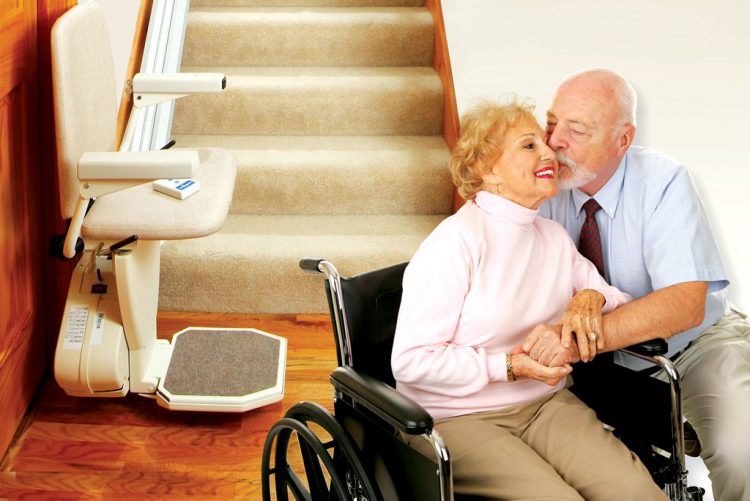Understanding aging in place occupational therapy is critical for any aspiring OT professional. This guide explores key adaptations and services enabling elderly individuals to live independently in their homes longer.
Occupational Therapy and Aging in Place
Aging in place involves more than just residing in a familiar space; it requires thoughtful adaptations to ensure safety and quality of life. Here are crucial aspects of OT in this context:
- Physical Changes: Installing ramps, widened doorways, and grab bars are essential for those with decreased mobility. For vision impairments, enhance lighting and contrast in the home environment.
- Cognitive Considerations: Employ strategies like whiteboards for reminders and organize medications using pill organizers to aid those with decreased reaction time and cognitive skills.
In our full guide, explore real-world adaptations with detailed case studies and quizzes.
Exploring Services for Aging in Place
To continue living safely at home, many elderly individuals turn to various support services, such as:
- Meals on Wheels: Provides nutritious meals to homebound seniors.
- Home Health Aides: Offers assistance with daily living activities like bathing and meal preparation.
- Personal Alarm Systems: Ensure quick access to help in emergencies.
Alternative Living Arrangements: Critical Considerations
When home modifications aren’t enough, alternative living arrangements become necessary:
- Assisted Living: Ideal for seniors needing help with daily activities but requiring less intensive care than nursing facilities offer.
- Skilled Nursing Facilities: Provide intensive rehabilitation and medical care, often on a short-term basis.
Each option requires careful consideration of the individual’s health, mobility, and the family’s ability to provide support.
FAQ on Aging in Place and OT
Understanding these concepts can be complex. Here are some common questions:
- What is the role of occupational therapy in aging in place? Occupational therapy focuses on modifying the environment and activities to maintain independence.
- How do home health aides complement OT services? They assist with daily tasks, allowing individuals to practice skills taught by occupational therapists.
Practice identifying key strategies for aging in place with our interactive modules.
As you
What is aging in place in occupational therapy?
Aging in place in occupational therapy involves adapting home environments and activities to help elderly individuals live safely and independently for as long as possible.
How does occupational therapy support aging in place?
Occupational therapy supports aging in place by assessing and modifying home environments, enhancing safety through adaptations like ramps and grab bars, and utilizing strategies to manage cognitive changes.
What services can help seniors live at home safely?
Services like Meals on Wheels for nutritious meals, home health aides for daily living assistance, and personal alarm systems for emergencies are vital for seniors to live safely at home.
When should alternative living arrangements be considered?
Alternative living arrangements, such as assisted living and skilled nursing facilities, should be considered when home modifications are insufficient to meet the health and safety needs of seniors.
How do home health aides complement occupational therapy services?
Home health aides complement occupational therapy services by assisting with daily tasks, allowing individuals to apply skills learned from occupational therapists, enhancing independence.



